DIRECTOR Prakash Mehra’s blockbuster hit Zanjeer (1973) had turned struggling newcomer Amitabh Bachchan into an overnight superstar and launched the greatest acting career in Bollywood.
Not surprisingly, Bachchan would become the filmmaker’s favourite lead star and they would team up again in blockbuster hits like Sharaabi, which released in cinemas on May 18, 1984, to great acclaim. The successful drama about an alcoholic from an affluent family yearning for his father’s love celebrates 40 years this month.
Eastern Eye decided to mark the special occasion by presenting 40 facts connected to the super-hit movie filled with unforgettable moments and a standout lead performance.
- The movie, loosely inspired by 1981 Hollywood film Arthur, was officially launched on August 29, 1983 and released in cinemas less than nine months later.
- Sharaabi was the sixth Prakash Mehra directed film headlined by Bachchan and their last big success together. He had also produced his 1977 action-drama Khoon Pasina and would make one more Bachchan starrer with their only box office failure, Jaadugar (1989).
- It is said that Mehra had a very strained relationship with his own father and explored the theme in Sharaabi. He had done the same before that too with his 1981 Bachchan starrer Laawaris.
- Director Mehra claimed to have met a successful alcoholic industrialist while making Laawaris and used him as an inspiration for the lead character in Sharaabi.
- The producer/director had pitched the story idea of an alcoholic son’s relationship with his father to Bachchan during his 1983 world tour. Bachchan had revealed: “The seed of the film was sown over the Atlantic Ocean, about half way in the air at 35,000 feet.”
- Sharaabi was popular actress Jaya Prada’s first film with Bachchan and earned her a second Filmfare nomination for best actress.
- Child artiste Mayur played the young Bachchan in Mehra’s previous films Muqaddar Ka Sikandar and Laawaris. He finally shared screen space with the Big B in Sharaabi.
- Vijayendra Ghatge was the original choice for Deepak Parashar’s role.
- Mehra regularly repeated actors like Om Prakash, Ranjeet, Pran and Satyen Kappu in his films with Bachchan. Sharaabi remains the only Mehra-directed Bachchan starrer not to include Ram Sethi.
10.Suresh Oberoi stated that his guest appearance in the film was originally meant for Shashi Kapoor.
11.Bachchan had burned his hand badly while handling a Diwali firecracker. He hid the scar by keeping his hand in his pocket throughout most of the film. This inadvertently ended up creating a unique style statement, many copied. The Big B had once revealed: “My hand was gone; there were no fingers, no blood. Doctors worked on it for a year and I got it back. I am a southpaw and I could not use my left hand. It was terrible. I could not wear clothes, nothing. I was lucky I got my hand back.”
12.The iconic performance by Bachchan as a drunkard was particularly brilliant when you consider that the actor had become a teetotaller many years before Sharaabi.
13.Bachchan joins Jaya Prada half way through the song Mujhe Naulakha Manga De Re song like he joined Rekha half way through Salaam-E-Ishq in Mehra’s movie Muqaddar Ka Sikandar.
14.The set of musical number Thodi Si Jo Peele To from Namak Halaal was reused for the song Manzilen Apni Jagah Hain in Sharaabi.
15.Bachchan dances with a wedding procession on the streets in the De De Pyar De song, something he also did in Aaj Rapat Jaaye in Namak Halaal.
16.De De Pyar De became such a national anthem in 1984 that it was played by most wedding orchestras. It remains popular today and even inspired the title of 2019 Ajay Devgn starrer De De Pyaar De.
17.The leading lady’s father is blind in Sharaabi. In Namak Halaal it was her brother who couldn’t see. Both lived in a similar looking flat.
18.During the Mujhe Naulakha Manga De Re song, Bachchan tapped his hand on the anklet so hard that he started bleeding. So, it is his real blood in the scene and not fake.
19.During the recording of Inteha Ho Gayi, composer Bappi Lahiri asked singer Kishore Kumar to put more expression into the song. The response was “you put in more money; I will put in more expression.”
20.The song Jahan Chaar Yaar was a copy of Bondhu Teen Din from Bangla film Koshai (1980). Sharaabi music director Bappi Lahiri had worked with the original singer Runa Laila and launched her career in India with the album Superuna in 1982.
21.The music of Inteha Ho Gayi was inspired by the song, The Runner, by American all-women vocal group The Three Degrees. Giorgio Moroder produced the original, which was part of their album New Dimensions (1978).
22.Kuch Log Mohabbat Ko from Dhanwan (1981) was filmed on Reena Roy performing on stage, as Rajesh Khanna sits alone in the arena after buying all the tickets. The same was done with Jaya Prada and Bachchan in Sharaabi for Mujhe Naulakha Manga De Re.
23.Kader Khan was given the script four months before shooting so that he could add outstanding dialogues, which he did. Bachchan brilliantly brought them to life onscreen.
24.Bachchan had suggested to Mehra the dialogues be made shorter because an intoxicated individual takes more time to speak, which he agreed to do. The actor had written in his blog, “I told Prakash ji, since my character is intoxicated for most of the film, and since a drunk takes a lot more time to say his dialogues, if the dialogues were going to be long and lengthy, then he should be prepared for a five hour film, for, it would take time for me to say those lines, since they were going to be measured and in a state of intoxication. Point noted. And the scenes were shortened and made amenable for the situation.”
25.Mehra used a camera to shoot, which eliminated the need for dubbing. The emotional hospital scene with Bachchan and Om Prakash was shot as a real take and not dubbed yet was still flawlessly natural.
26.Yesteryear comedian Mukri made a memorable onscreen pairing with Bachchan in many movies. One of his most popular characters was Nathulal in Sharaabi. What most won’t remember is that he also played a character called Nathulal in Jaadugar, which was Mehra’s last film with Bachchan.
27.In Sharaabi, Pran exits in a small private plane. In Jaadugar, Bachchan and his troupe exit in the same plane.
28.The fight scene in the bar when he takes on guys that had stolen his watch, chain, wallet, rings and handkerchief was choreographed by Bachchan himself.
29.Bachchan always visited a bar before a confrontation in Mehra’s films, including in Zanjeer, Hera Pheri, Muqaddar Ka Sikandar, Laawaris and even a comical confrontation in Namak Halaal. This was repeated with his character in Sharaabi fighting pickpockets in a bar.
30.Bachchan wore the yellow shirt under a white blazer in the De De Pyar De song and later for a scene in Agneepath (1990) when he leaves his mother’s house and arrives at Madhavi’s house unannounced. He also repeated the striped sports blazer in both films.
31.Rival director Manmohan Desai was making the movie Mard with Bachchan. He took a dig at Mehra by saying that, ‘only a sharaabi (drunkard) can make a film like Sharaabi, while only a mard (man) can made a film like Mard’. Mehra responded that only a coolie (labourer) could stoop so low with such a comment, referencing Desai’s 1983 film Coolie.
32.Sharaabi ran for 175 days straight with three daily shows in 70mm in Maheshwari cinema in Hyderabad, from May 18 to November 8.
33.All the Filmfare nominations for best male playback singer in 1985 went to Kishore Kumar, and all four songs were from Sharaabi. He won the award for Manzilein Apni Jagah Hain.
34.Bappi Lahiri won the 1985 Filmfare award for best music director for Sharaabi.
35.Other Filmfare nominations included best film, best actor (Bachchan), best director (Mehra), and best lyricist (Anjaan and Mehra).
36.Sharaabi was the third highest grossing movie of 1984 after Tohfa and Maqsad.
37.Bachchan was reportedly unhappy with the end product after Mehra ignored his suggestions – the first cracks in their long working relationship.
38.Sharaabi was later remade in the Kannada language as Nee Thanda Kanike (1985).
39.The forgettable Emraan Hashmi starrer Tumsa Nahin Dekha (2004) had a similar storyline and set-up to Sharaabi.
40.Tamil superstar Dhanush expressed an interest in remaking Sharaabi and playing the main lead in 2021, but it didn’t materialise. Acclaimed director Abhishek Kapoor has a forthcoming movie titled Sharaabi.
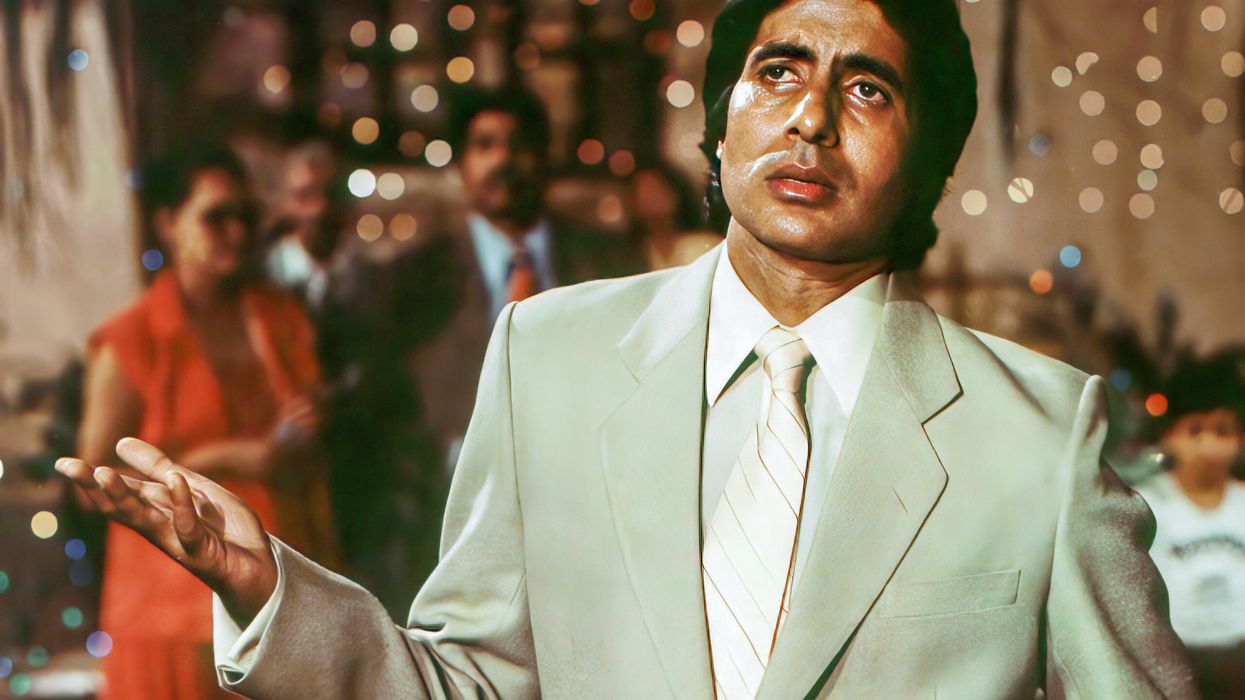
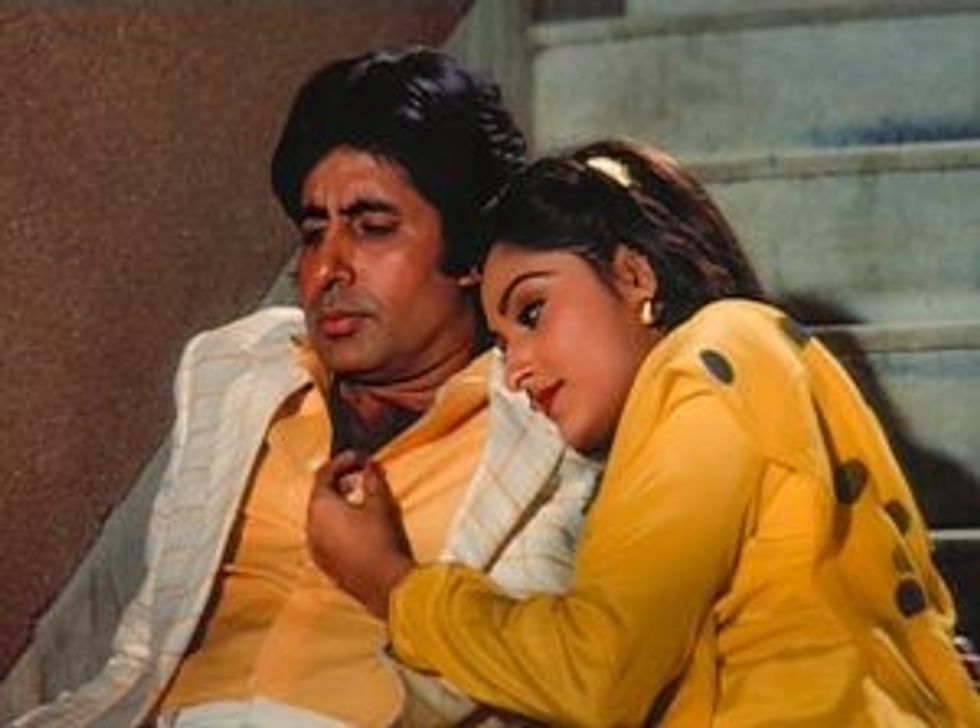
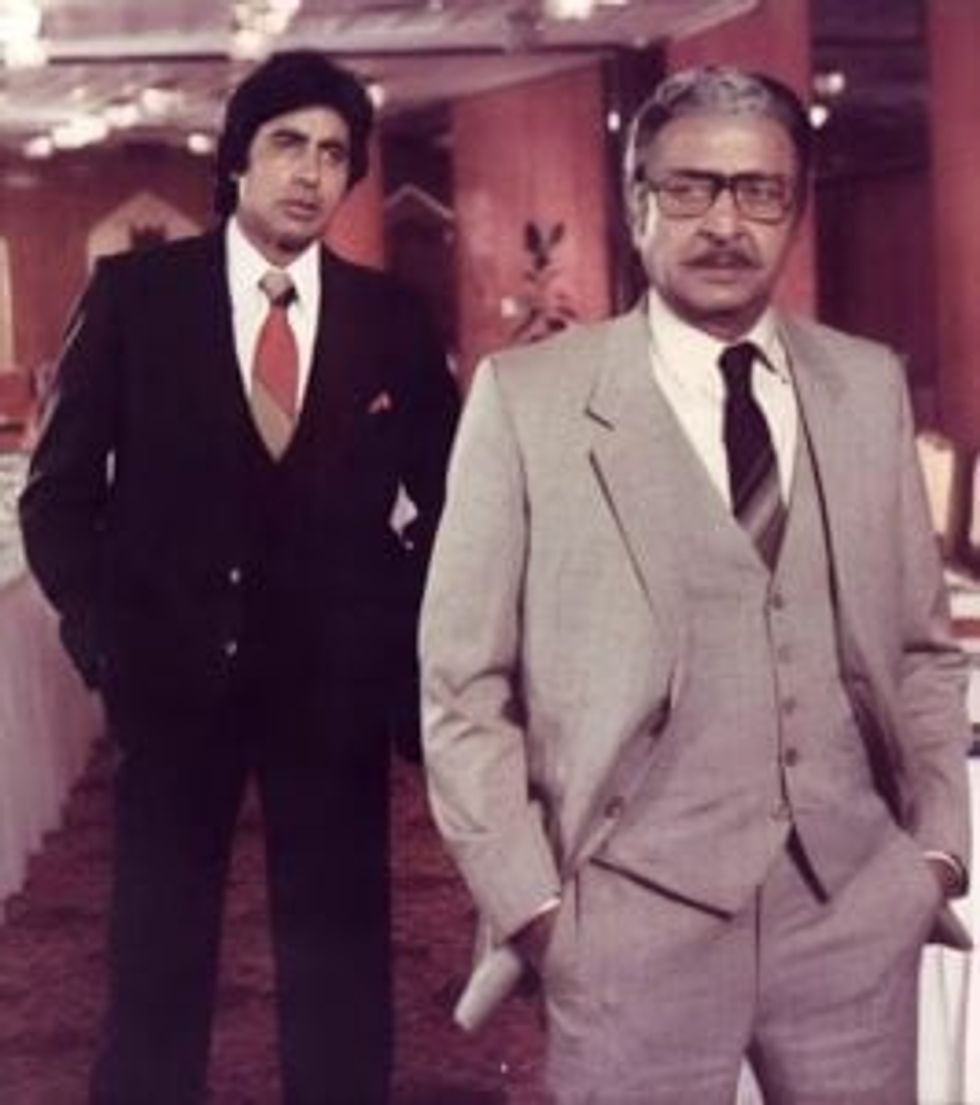
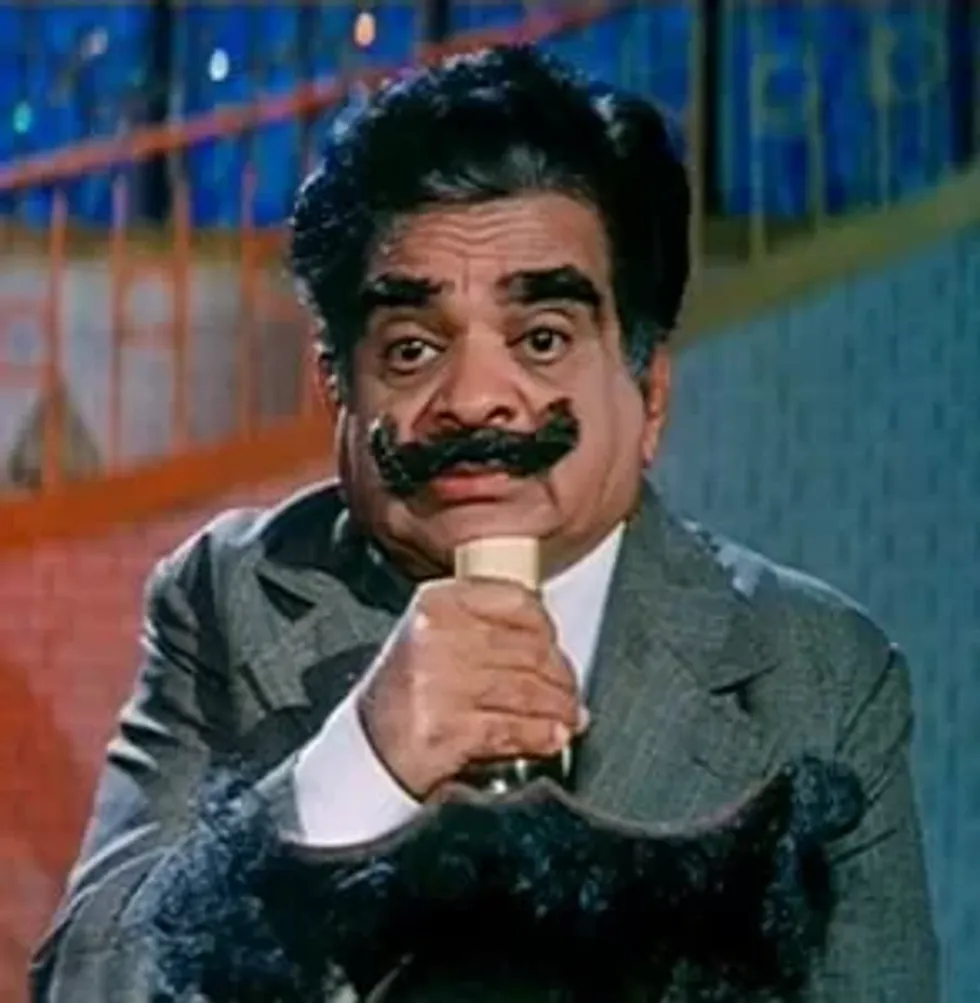
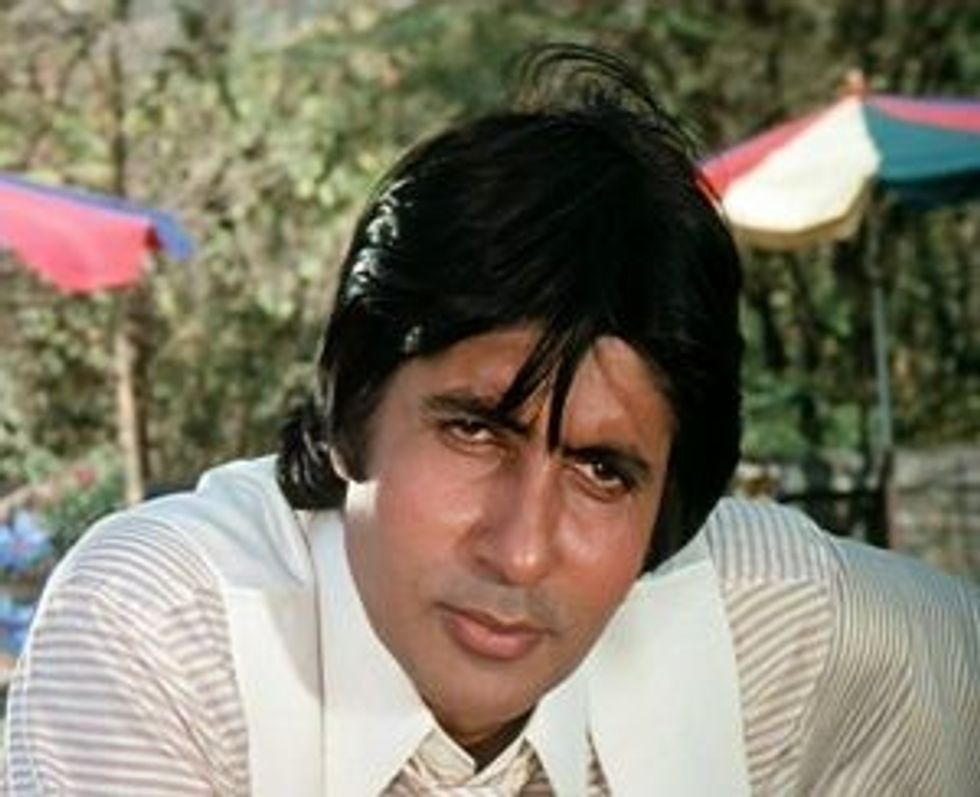
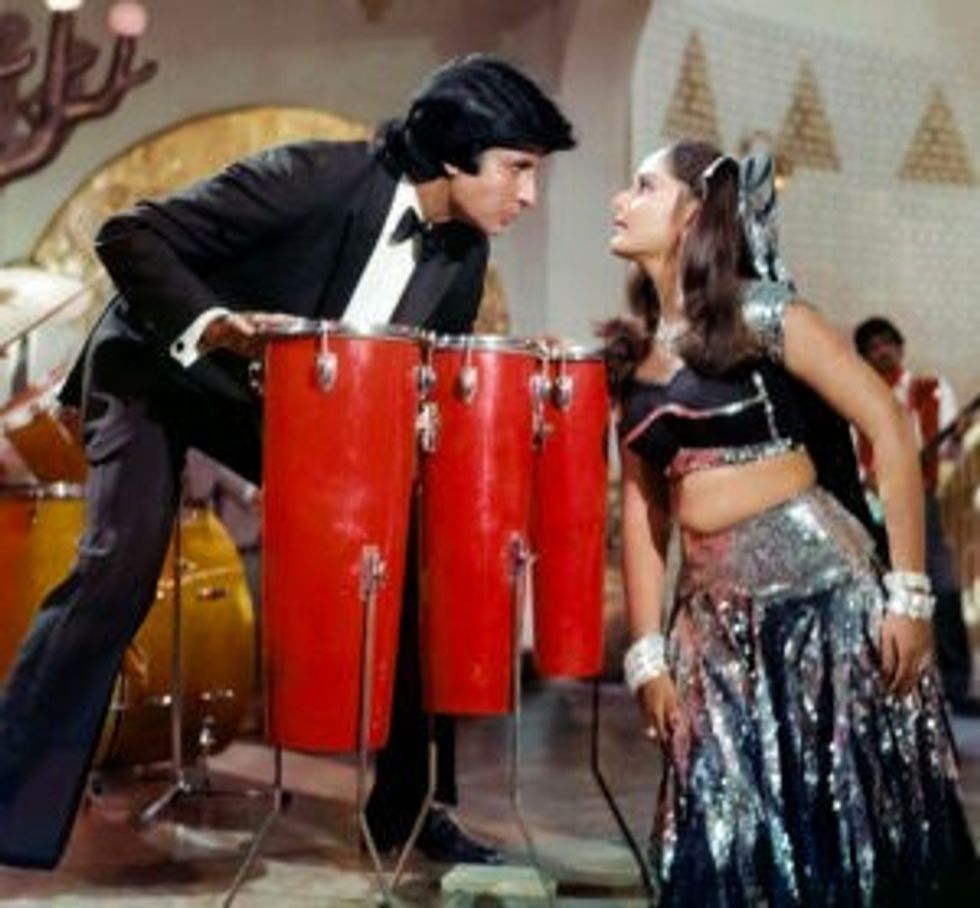




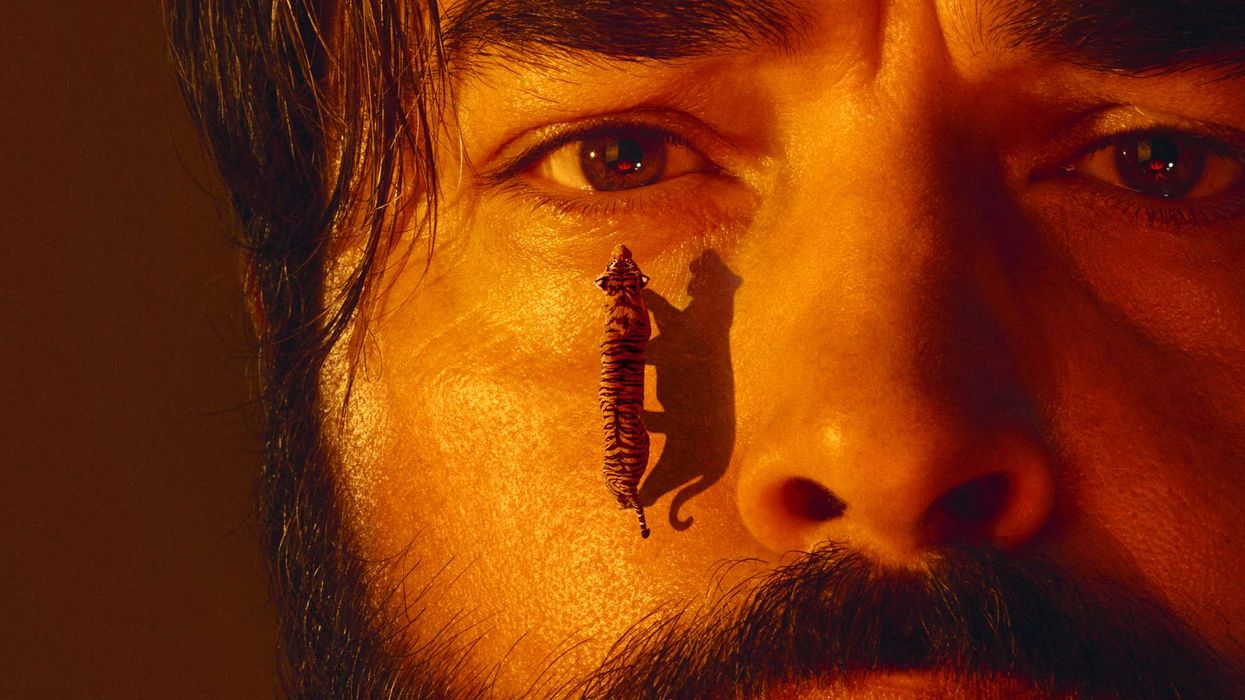
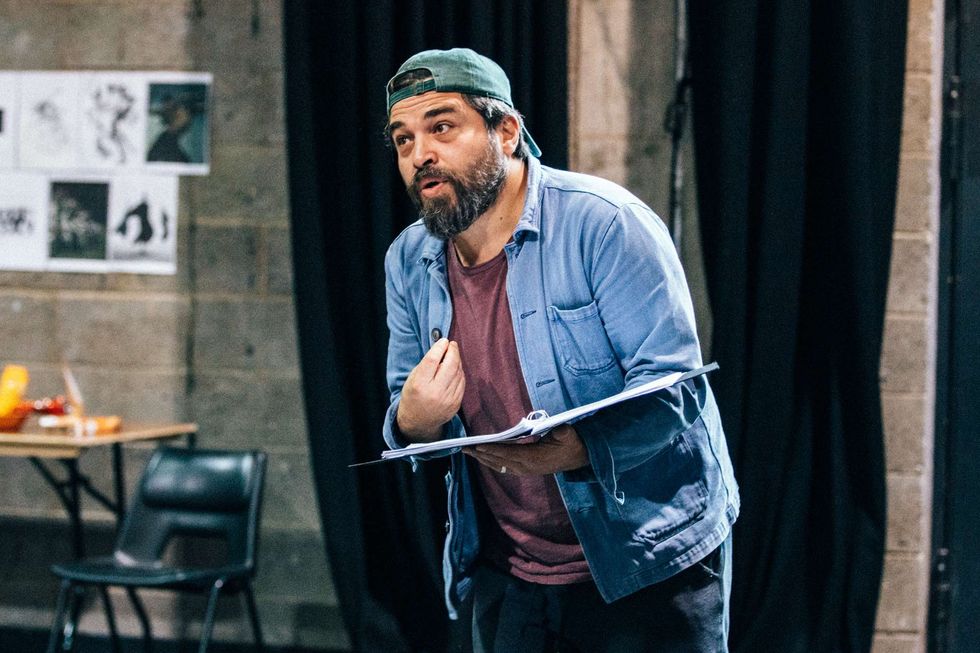 Ammar says the play’s script itself served as a compass in navigating Musa’s divided psycheIsha Shah
Ammar says the play’s script itself served as a compass in navigating Musa’s divided psycheIsha Shah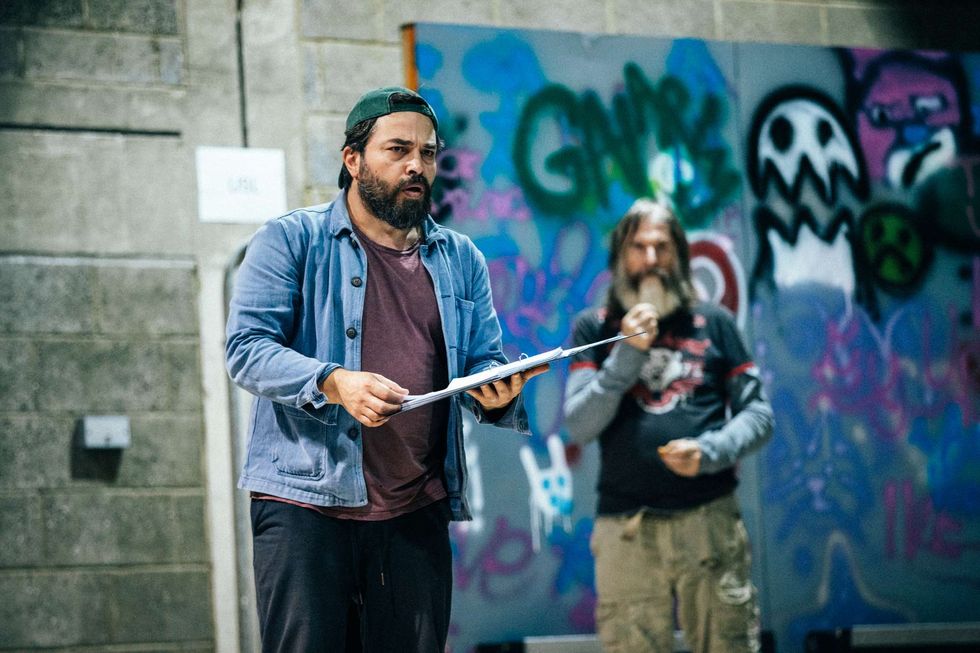 Bengal Tiger at the Baghdad Zoo runs at the Young Vic Theatre in London from December 2 – 31 January 31 2026Isha Shah
Bengal Tiger at the Baghdad Zoo runs at the Young Vic Theatre in London from December 2 – 31 January 31 2026Isha Shah






